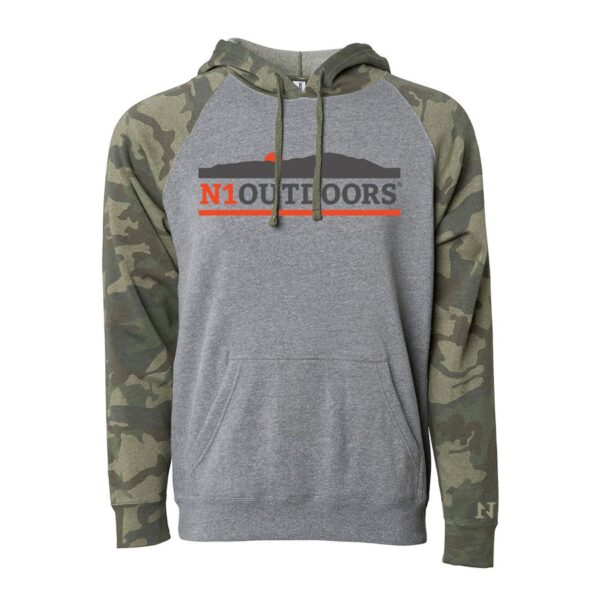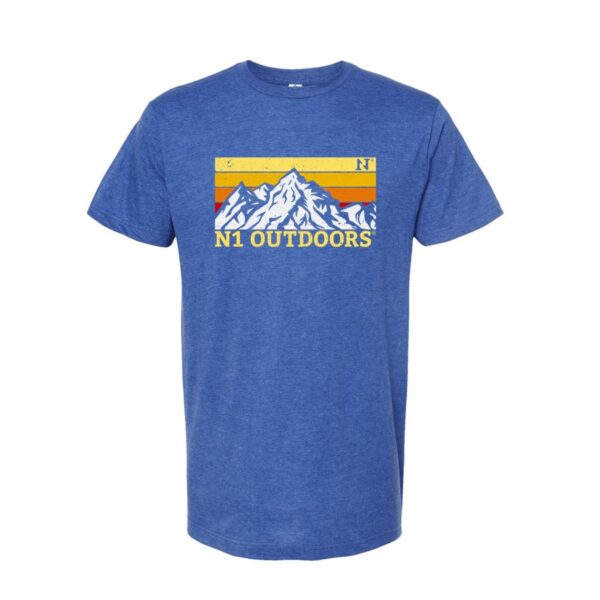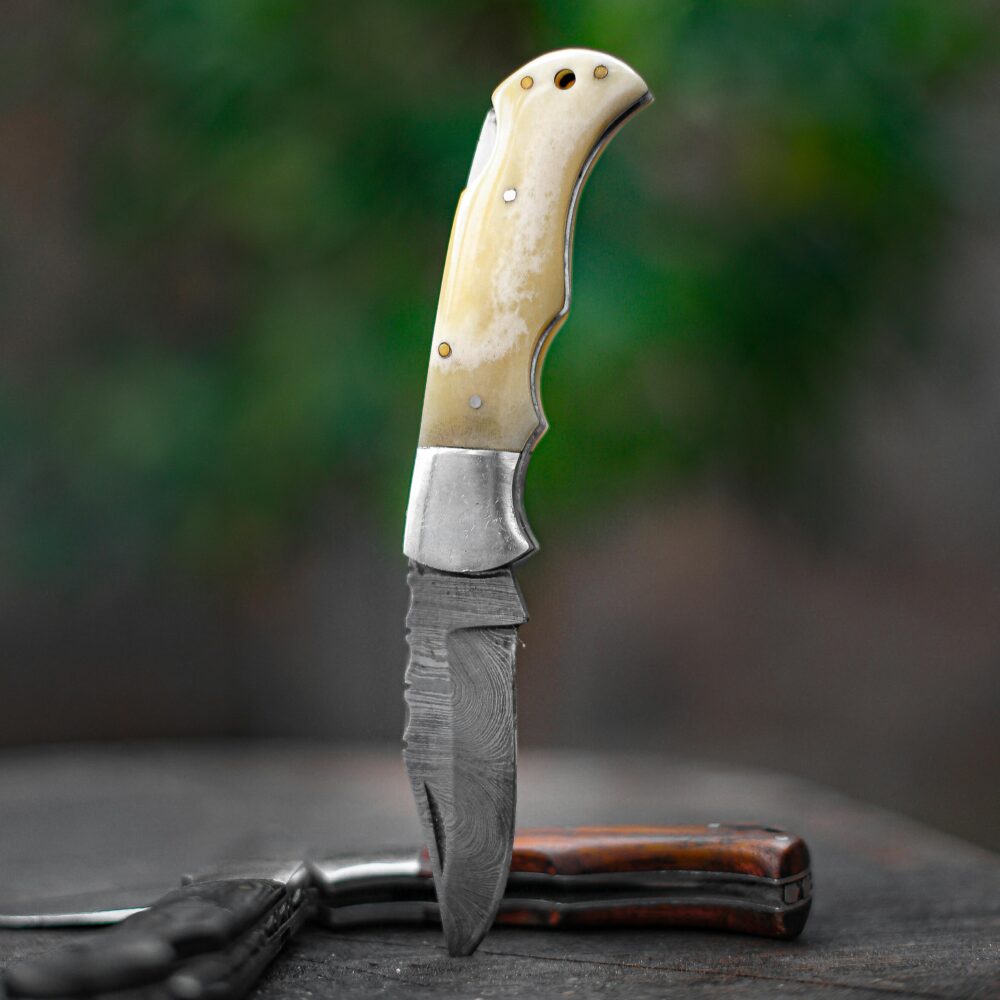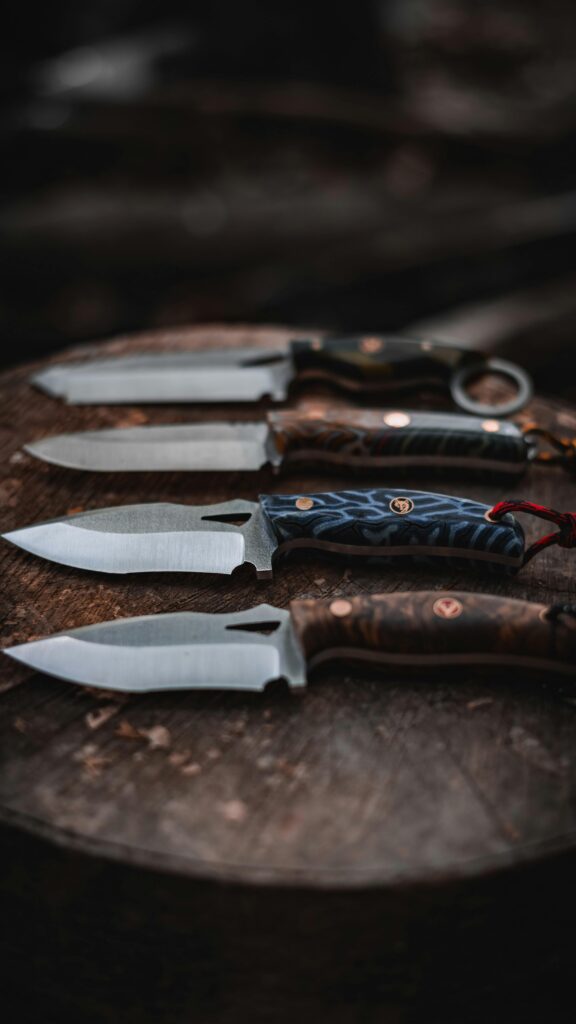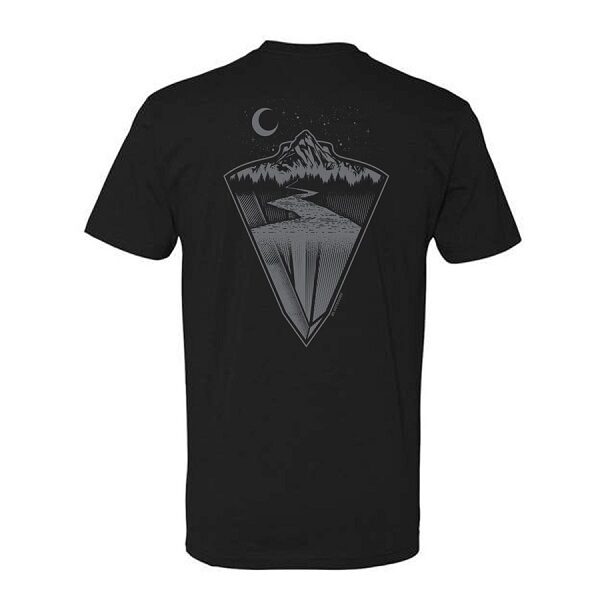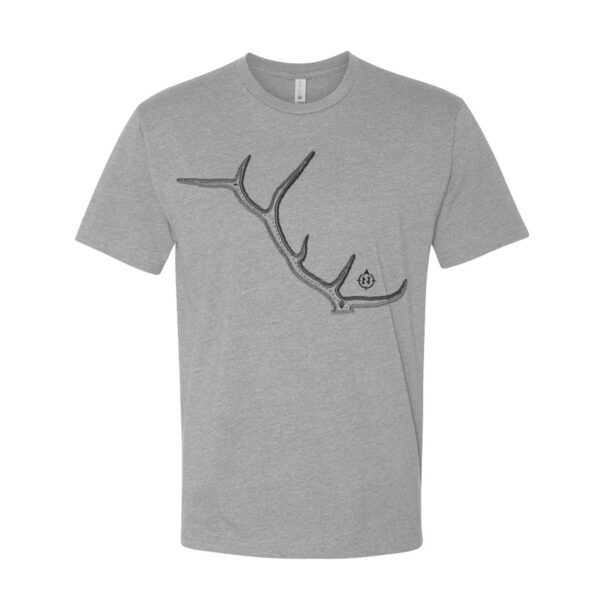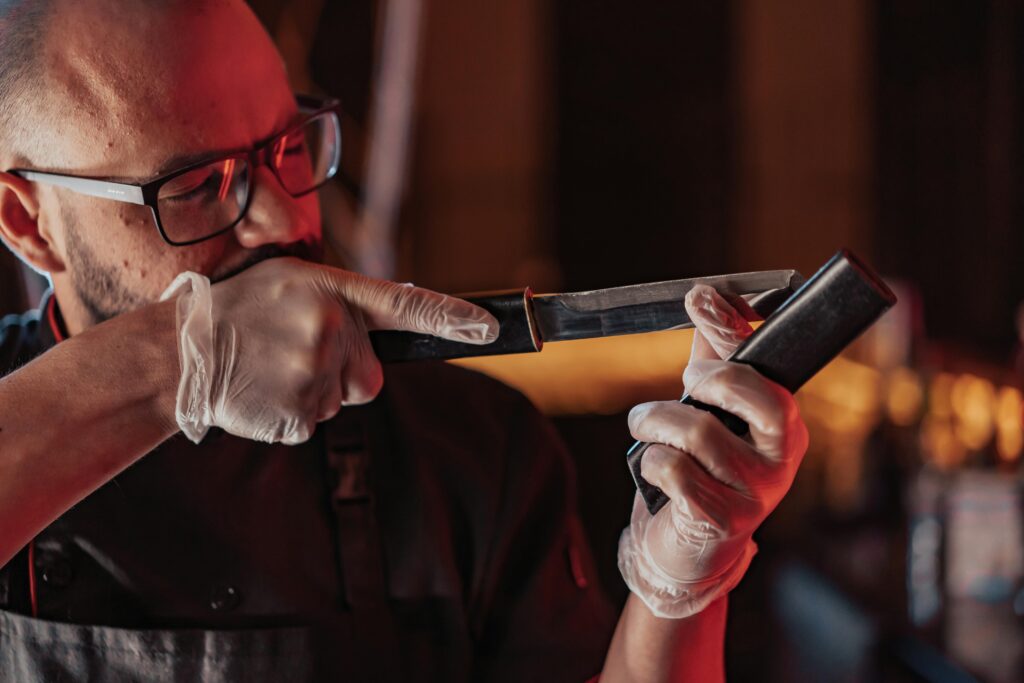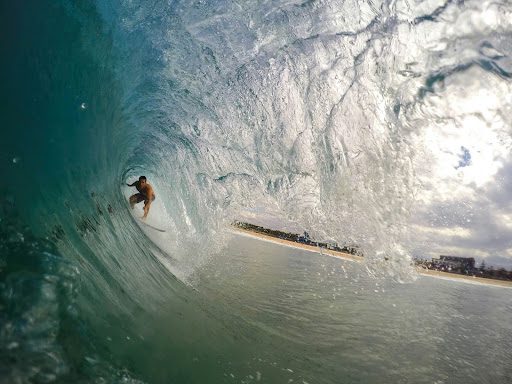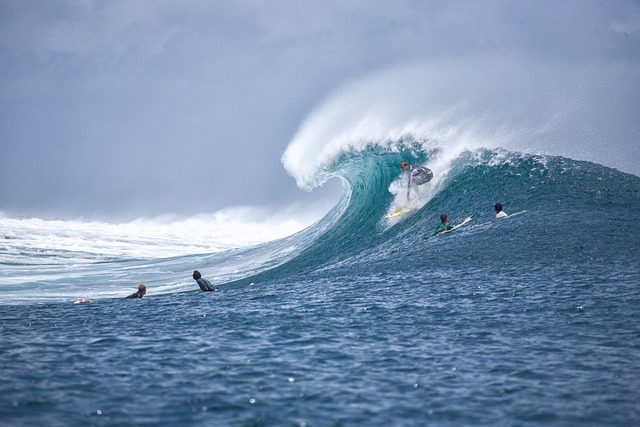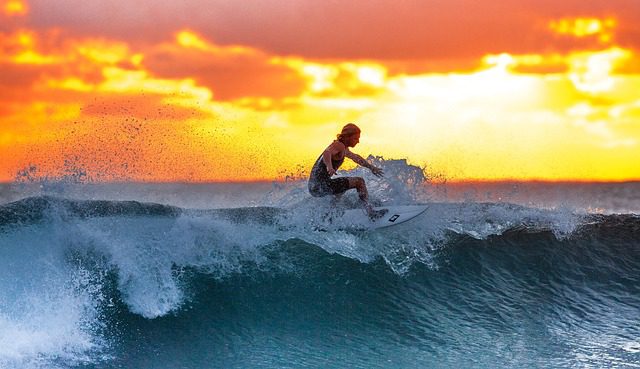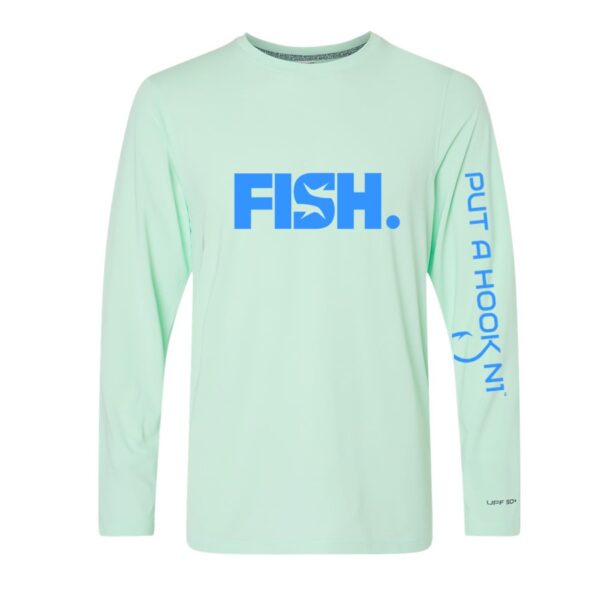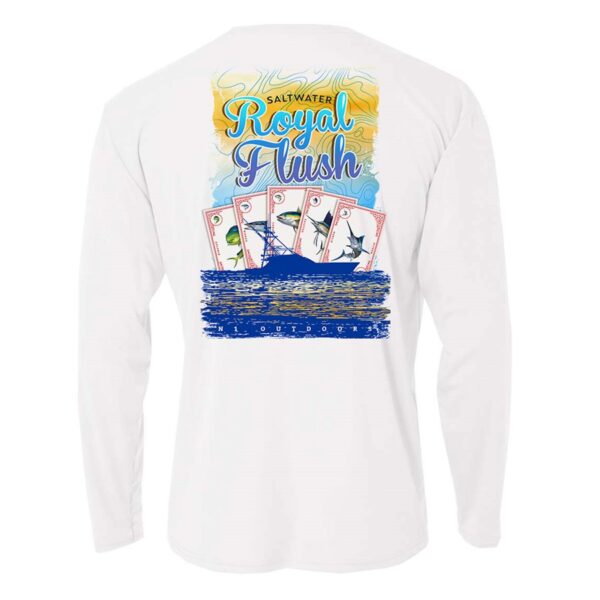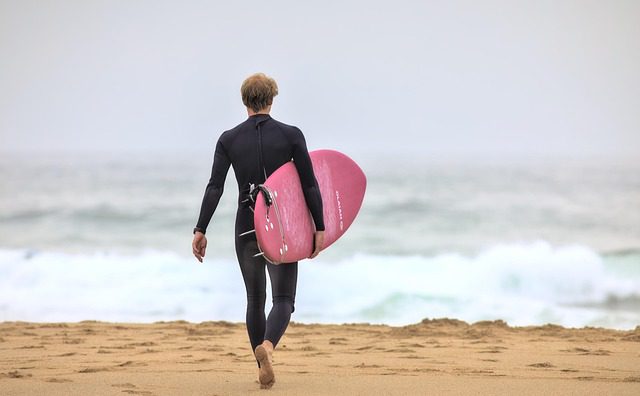There are lots of wildflowers in the United States and Canada. You can find these beauties in the forests, in fields, and along the sides of roads. While they can vary in shape, color and aroma, they often bring joy and wonder to those who see them.
In this article we’ll tell you about some of the most popular wildflowers, where to find them, and what makes them so lovely.
Wildflowers In The USA and Canada
In addition to their beauty, North American and Canadian wildflowers have special symbolic meanings that differ from region to region and highlight cultural and environmental significance.
Wild Roses

Wild roses are prized by people as a symbol of respect and love. In Canada, this rose commonly grows along roadsides, in meadows, and in forests. Wild roses can also be found nearly everywhere around the US. They stand out in any natural setting thanks to their pretty pink flowers and sweet smell. They bring special atmosphere everywhere.
Aster

They say that asters represent wisdom, grace, and patience. You can find them all over the US and Canada. Many people grow these flowers in their yards, but they also grow in the woods, and in fields. Asters are pretty plants that bloom in late Summer and Fall and add many bright colors to any area they grow in.
Purple Coneflower

The beautiful coneflower stands for strength and drive. The wide plains of the United States and Canada are home to this deep purple flower. It is commonly seen growing in gardens, pastures, and fields. It is common in the Midwest and Great Plains and grows best in sunny locations with good drainage.
Awesome Outdoor Apparel From N1 Outdoors!
-
N1 Outdoors® “Sunset Mountain” Pullover Hoodie
$34.00 -
N1 Outdoors® “Lumber Mountain” Tee (Various Colors)
$9.00 -
N1 Outdoors® Mountain Colors Tee (Various Colors)
Price range: $24.99 through $28.99
Lupine

Lupines are known for their bright blue, purple, and pink colors. They also represent new ideas and progress. These flowers are often found near the coasts of Canada and the western US, mainly in British Columbia and the Pacific Northwest. The Rocky Mountains and other high-altitude areas are also home to a lot of lupines. They grow in big groups along highways, in fields, and in clearings in the woods.
Canadian Goldenrod

The beautiful Canadian Goldenrod grows all over North America. It implies help and life. This flower grows well on farms, in meadows, and along roads. It does best in fields and plains where it has plenty of space to grow in thick groups. It typically blooms in the late Summer and Fall.
Black-Eyed Susan

The Black-Eyed Susan has petals that are bright and happy as well as a dark core. It stands for hope and inspiration. You can find this flower in parks, fields and prairies, and along the sides of roads in Canada as well as the Midwest and the Eastern United States. They enjoy bright and open places.
Wild Lavender

Wild lavender has a soothing aroma and is a symbol of peace and calm. It is mostly found in western Canada and the southwestern United States, where it grows on hillsides and in meadows. Just imagine the aroma in a field of lavendar! A bouquet of lavender is a nice decoration for your home or workplace.
Wildflower Wonders: A Natural Beauty to Brighten Any Space
The United States and Canada have a wide range of plants that grow in various places like fields, pastures, and wooded areas. Each wildflower brings the beauty of nature and has its own unique color, shape, and meaning. In general, wildflowers will be a wonderful gift if you wish to send someone a bright piece of nature. in fact, you may even want to send flowers to Canada or the USA after reading!


